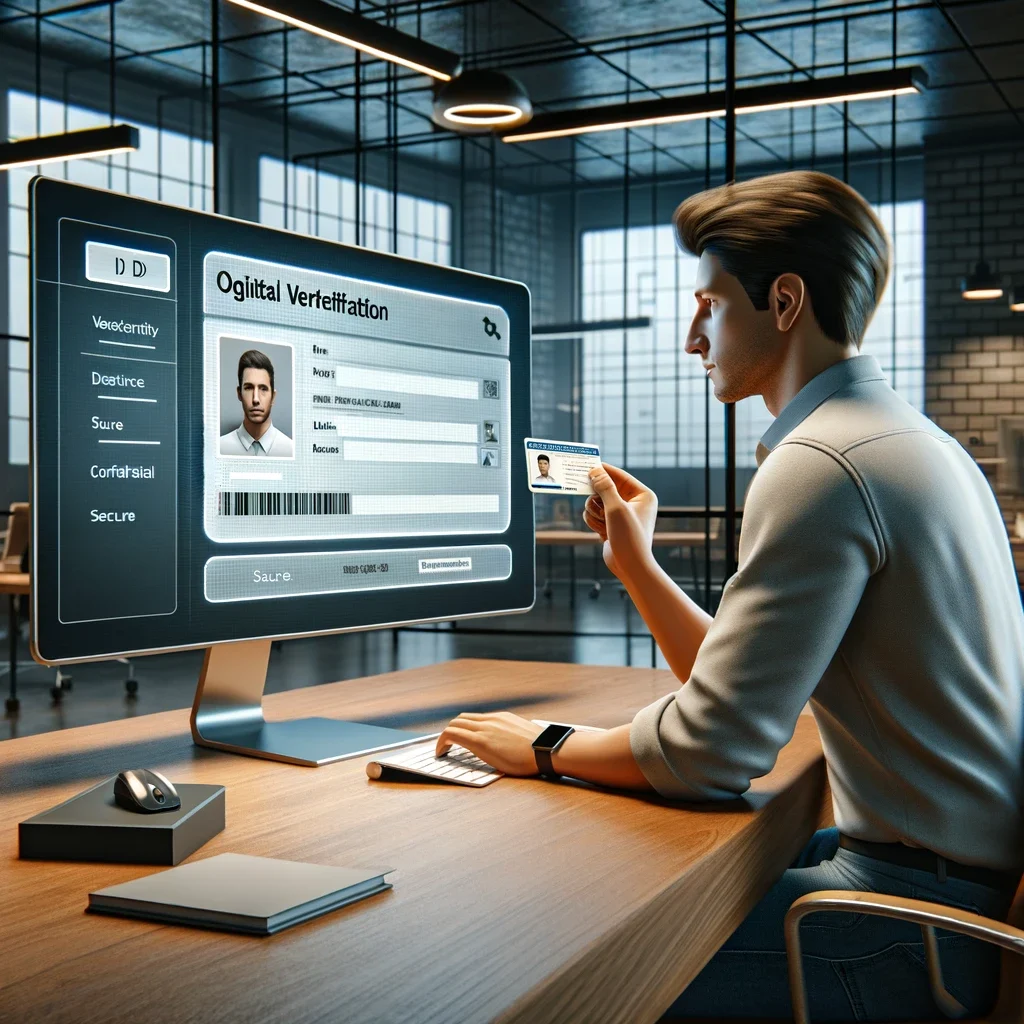In a daring experiment at Duke University’s Nasher Museum of Art, curators have ventured into uncharted territory by allowing artificial intelligence to take the reins in organizing their latest exhibition. The exhibition, titled “Act as if You Are a Curator,” showcases the potential and limitations of AI in the world of art curation, sparking a debate within the museum industry about the role of technology in reshaping long-standing responsibilities.
Nasher museum’s AI-powered curation adventure
In a world where artificial intelligence is increasingly integrated into various professions, from military pilots to advertisers, the Nasher Museum of Art at Duke University decided to explore the AI threat firsthand. Marshall Price, the museum’s chief curator, initially made a casual remark about AI organizing their next exhibition, but it quickly evolved from a jest into a challenging experiment.
Faced with staffing shortages and a surprise gap in the fall programming schedule, the curatorial staff at the North Carolina university embarked on a six-month journey to teach ChatGPT, a renowned chatbot developed by OpenAI, how to perform their roles.
The culmination of this experiment is the exhibition “Act as if You Are a Curator,” which opens at Nasher, running through mid-January. It marks one of the initial instances of AI taking charge of organizing an art exhibition, providing valuable insights into the evolving relationship between technology and the museum industry.
The exhibition’s success, however, hinges on individual perspectives. ChatGPT managed to identify thematic elements and compile a checklist of 21 artworks from the museum’s collection, complete with placement instructions in the galleries. Yet, it became evident that the AI tool lacked the nuanced expertise and sensibility of its human counterparts. The result was an exhibition that, while thematically cohesive, appeared visually disjointed and featured questionable inclusions, mislabeled objects, and inaccurate informational texts.
Marshall Price, reflecting on the outcome, characterized the exhibition as “eclectic” but acknowledged its disjointed visual presentation. The use of AI in the curatorial process, it seems, raises questions about whether “good enough” can suffice in the realm of art curation.
The AI curation process
The journey to AI-driven curation began with Mark Olson, a Duke University professor of visual studies, tackling the technical challenges of fine-tuning ChatGPT to navigate the museum’s extensive collection of nearly 14,000 artworks. Curatorial assistant Julianne Miao played a pivotal role in the early interactions with the chatbot, instructing it to select works related to themes like dystopia, utopia, dreams, and the subconscious.
While the process bore similarities to traditional curatorial brainstorming sessions, the chatbot’s ability to swiftly search and surface artworks based on predefined themes set it apart. Julia McHugh, a curator and the museum’s director of academic initiatives, noted that the AI displayed a preference for themes such as the subconscious, prompting the human curators to further develop these ideas. ChatGPT eventually named the project “Dreams of Tomorrow: Utopian and Dystopian Visions.”
However, the limitations of AI became apparent as it included objects from Mesoamerican traditions like stone figures and a ceramic vase, puzzling the curators. McHugh explained that the AI may have picked up information from keywords in the objects’ digital records, incorrectly titling them and leading to their inclusion in the exhibition. This highlighted the challenges of automating curation, underscoring the importance of refining cataloging systems to avoid bias and inaccuracies.
AI in the curatorial world
Chatbots like ChatGPT, driven by AI technology capable of predicting the next word based on vast human-created data, are far from handling the complex tasks required for curation. Efforts to automate the curatorial process are still in their infancy, serving as a thought experiment for human curators to reconsider their approaches from a machine’s perspective.
While some AI-driven initiatives, like Jarvis organizing the Bucharest Biennale or generating fictitious artist biographies, have offered insights and provoked critical thinking, Roderick Schrock, director of Eyebeam, cautioned against simplistic results. Schrock has urged digital art curation students to avoid using chatbots merely for show, emphasizing the need for a nuanced approach to AI’s role in the field.
Despite the errors and challenges posed by AI, Nasher curators recognized its potential as a complementary tool. ChatGPT’s speed in drafting exhibitions and suggesting lighting schemes streamlined the brainstorming process. Even its mistakes provided valuable insights into correcting errors in the museum’s catalog.
However, concerns linger about AI being seen as a cost-effective replacement for human curators in the face of dwindling resources for the arts. The Nasher Museum’s ChatGPT project, which incurred minimal technology expenses at just $10.71, highlighted the trade-offs between cost-efficiency and maintaining the human touch in curation.
While large institutions have yet to fully embrace AI-curated exhibitions, they closely monitor experiments like the one at Nasher, acknowledging the need for innovation while preserving the essence of curatorial expertise. As the debate continues, questions arise about the potential for AI to revolutionize the art world or merely replicate existing trends—a challenge that curators and institutions must navigate in this evolving landscape.





